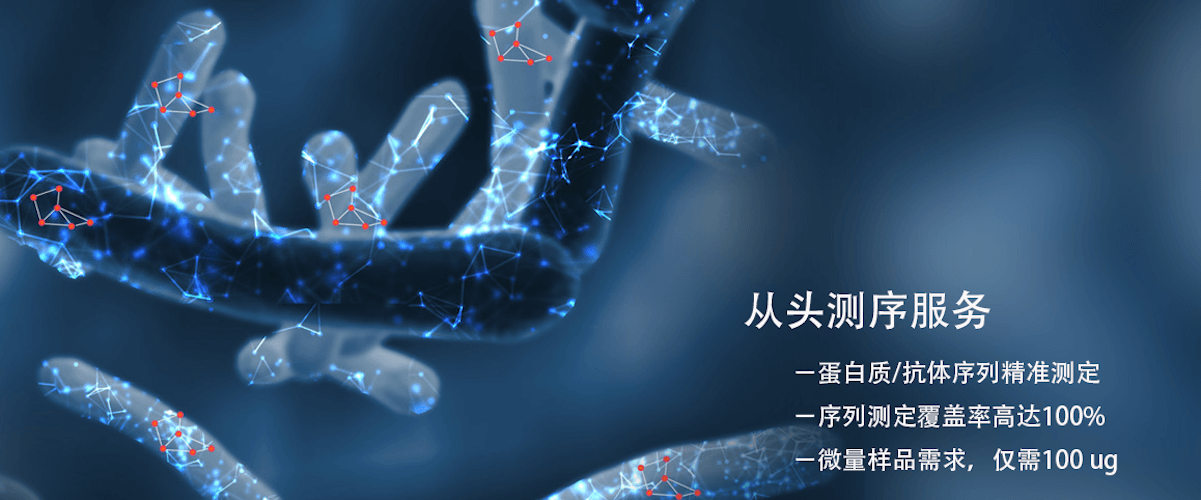What is the protocol for crosslinking with glutaraldehyde?
Glutaraldehyde is a common cross-linking agent widely used for the fixation and cross-linking of biological samples such as proteins, enzymes, and cells. In glutaraldehyde cross-linking experiments, it is typically used to stabilize protein complexes or cell structures. Below is a basic protocol for a common glutaraldehyde cross-linking experiment (using cells or proteins as examples), which can be adjusted according to actual experimental needs:
I. Materials Preparation
1. Glutaraldehyde solution: Typically stored as a 2.5% or 4% aqueous solution (commercially available).
2. Buffer: Commonly used buffers include 0.1M phosphate-buffered saline (PBS) or HEPES buffer, with a pH maintained around 7.2-7.4.
II. Protocol
1. Sample Pre-treatment
(1) For cell or tissue samples, wash the samples with buffer to remove culture medium or other interfering substances.
(2) For protein samples, adjust to the appropriate concentration using PBS or another suitable buffer.
2. Preparation of Glutaraldehyde Cross-linking Solution
Prepare the glutaraldehyde solution fresh, diluting it with PBS or HEPES buffer to the desired working concentration, typically at a final concentration of 0.1%-1.0%.
3. Cross-linking Reaction
(1) Immerse the sample in the glutaraldehyde working solution. The reaction is usually carried out at room temperature for 10 minutes to 1 hour, depending on the nature of the sample and experimental requirements.
(2) For protein cross-linking, reaction time and concentration significantly affect cross-linking efficiency. Therefore, preliminary experiments can be conducted to optimize conditions.
4. Termination of Cross-linking Reaction
(1) Wash the sample with an appropriate buffer (such as PBS) to remove excess glutaraldehyde. To terminate the reaction, use 0.1M glycine or ethanolamine (pH 7.5-8.0) to quench the remaining active cross-linking agent, typically for 5-10 minutes.
(2) Wash the sample again with PBS buffer to remove the quenching agent.
5. Post-treatment
After cross-linking is complete, the sample can be subjected to downstream analysis according to experimental needs, such as Western blot, mass spectrometry, immunoprecipitation, etc.
III. Precautions
1. Fresh Solution: Glutaraldehyde degrades easily, so the cross-linking solution should be prepared fresh.
2. Ventilated Environment: Glutaraldehyde is toxic and irritating, so operations should be conducted in a fume hood to avoid inhaling vapors.
3. Optimize Cross-linking Conditions: Different experimental systems may require adjustments in glutaraldehyde concentration and reaction time. Preliminary experiments should be conducted to determine the optimal conditions.
BiotechPack, A Biopharmaceutical Characterization and Multi-Omics Mass Spectrometry (MS) Services Provider
Related Services:
How to order?





